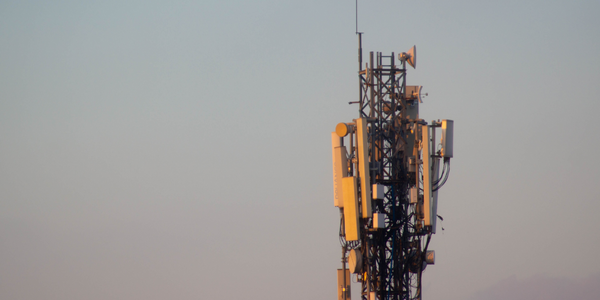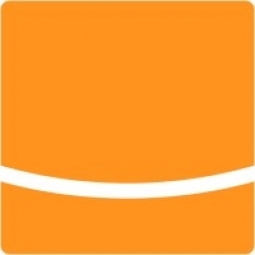Customer Company Size
Large Corporate
Country
- Other
Product
- Typesafe Reactive Platform
- CASMR
- Akka
- Spray
- ScalaTest
Tech Stack
- Scala
- Akka
- Spray
- OSGi
- AngularJS
Implementation Scale
- Enterprise-wide Deployment
Impact Metrics
- Productivity Improvements
- Digital Expertise
- Innovation Output
Technology Category
- Platform as a Service (PaaS) - Application Development Platforms
- Analytics & Modeling - Machine Learning
- Application Infrastructure & Middleware - API Integration & Management
Applicable Industries
- Telecommunications
- Software
Applicable Functions
- Business Operation
- Product Research & Development
Use Cases
- Process Control & Optimization
- Remote Control
- Remote Asset Management
Services
- Software Design & Engineering Services
- System Integration
- Testing & Certification
About The Customer
CCAD focuses on the development of current and future conditional access (CA) technologies and supporting control system infrastructure, which is deployed among major operators worldwide. Conditional access technologies enable operators to distribute and safeguard video content supplied by the numerous video program providers. CCAD's expertise lies in creating systems that ensure only authorized subscribers can access specific audio/video content, a critical function for cable companies that offer various promotional bundling packages. These systems are essential for managing entitlements, conditional access, and integration with billing systems, ensuring that subscribers receive the content they have paid for. CCAD's solutions are used globally, highlighting their significant role in the telecommunications industry. The company is known for its innovative approach to solving complex problems related to subscriber management and content distribution, making it a key player in the field of conditional access technologies.
The Challenge
Ensuring that subscribers have access to only the audio/video content they have purchased or subscribed to is an ongoing challenge faced by cable companies worldwide. The problem is further compounded as cable companies offer various promotional bundling packages from time-to-time that changes consumer entitlements on a regular basis. CCAD has solved this problem in an interesting way with a product suite of several different products, the largest one named CASMR. This product set - a combination of both hardware and software - is utilized by cable companies worldwide to solve the problems with managing entitlements, conditional access and integration with billing systems. It’s important to point out that these are predominantly “lights-out” systems that actually run the cable company and are used by employees who are trying to effect some change in the system. Subscribers today have more choices therefore forcing providers to constantly adjust content offerings and prices. In addition, technology and consolidation trends have enabled service providers to significantly grow their subscriber base. The subscriber experience must be flawless from both a timing and accuracy perspective regardless of subscriber population.
The Solution
CCAD's initial video control system was highly concurrent and entirely developed in Java, which led to issues such as boilerplate code and deadlocking due to their internal asynchronous state machine library. To address these challenges, CCAD transitioned to using the Scala programming language in 2009. Scala, known for its concise and type-safe nature, integrates features of object-oriented and functional languages, enhancing developer productivity. CCAD utilized Scala's standard library Actors for concurrency, implementing highly concurrent modules in Scala Actors with a Java façade for interoperability. This shift significantly reduced deadlocking and livelocking issues, leading to increased productivity. Over time, Scala's use expanded within CCAD, and the company adopted Akka and Spray, parts of the Typesafe Reactive Platform, to complement Scala. Akka, a toolkit for building highly concurrent, distributed, and fault-tolerant applications, replaced Scala's Actor model due to its technical superiority and performance gains. Spray, a toolkit for building REST/HTTP-based integration layers, was chosen to replace Spring MVC components, facilitating the connection of Scala applications to the outside world. The move to Akka and Spray, along with the adoption of Scala, led to significant performance and productivity improvements for CCAD.
Operational Impact

Case Study missing?
Start adding your own!
Register with your work email and create a new case study profile for your business.
Related Case Studies.

Case Study
Vodafone Hosted On AWS
Vodafone found that traffic for the applications peak during the four-month period when the international cricket season is at its height in Australia. During the 2011/2012 cricket season, 700,000 consumers downloaded the Cricket Live Australia application. Vodafone needed to be able to meet customer demand, but didn’t want to invest in additional resources that would be underutilized during cricket’s off-season.

Case Study
SKT, Construction of Smart Office Environment
SK T-Tower is the headquarters of SK Telecom. Inside the building, different types of mobile devices, such as laptops, smartphones and tablets, are in use, and with the increase in WLAN traffic and the use of quality multimedia data, the volume of wireless data sees an explosive growth. Users want limitless Internet access in various places in addition to designated areas.











